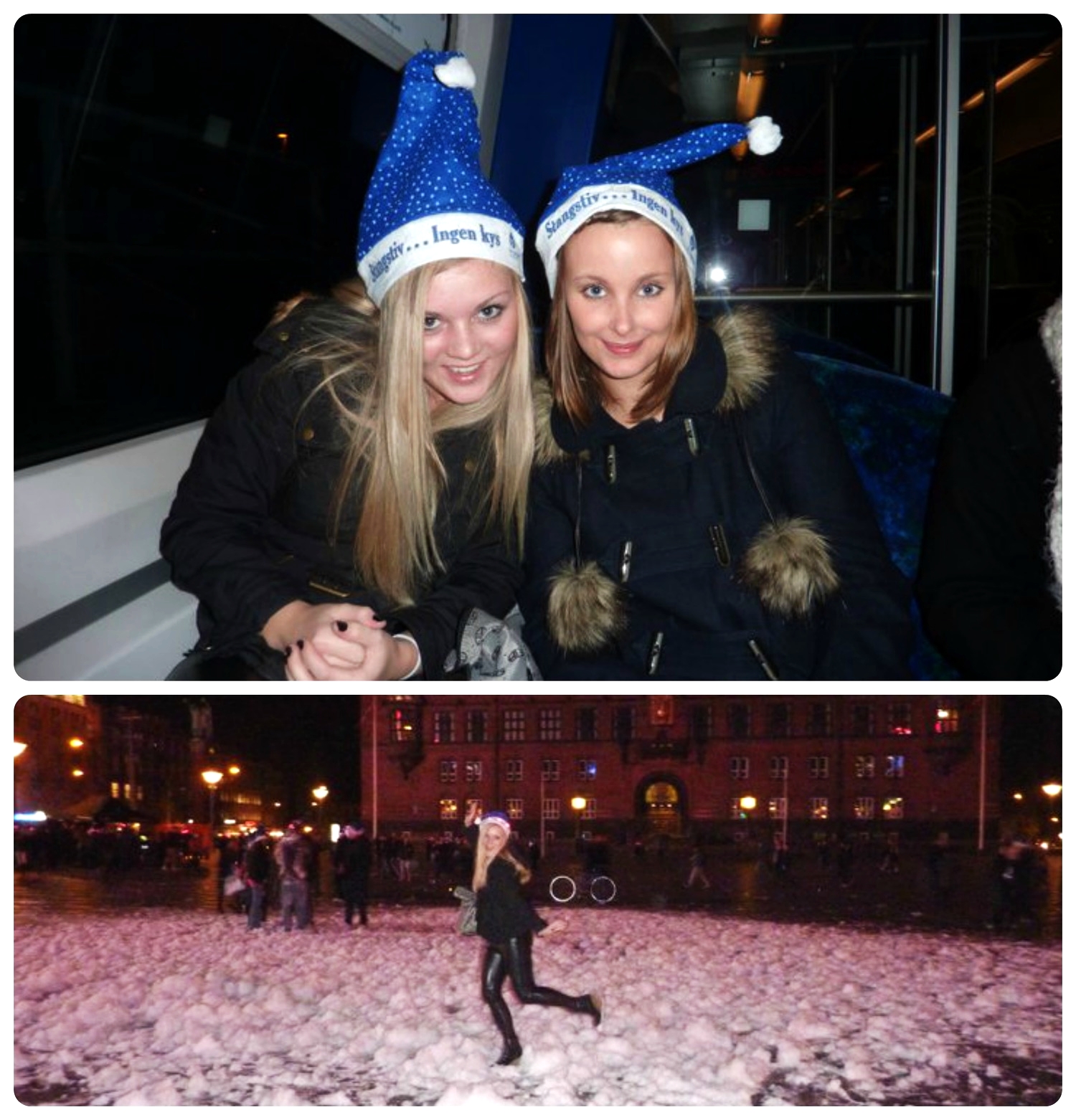My sister's gift calendar
On my very first christmas my grandmother gave me a hand made 'julekalender'- a sheet of fabric with christmas themed embroidery and the numbers 1 through 24. Beneath each number she attached a tiny plastic ring and at the bottom she put my name and birth date.
On the morning of the 1st of December kids run to their julekalender. Over night 'nissen' (Meaning 'the elf' - In Danish tradition elves aren't only Santa's helpers but also little santa-like dwarves living in the attic of every house) brought 24 small presents and attached one to each of the 24 rings.
Throughout December kids open one small present every dark drowsy morning - usually candies or small toys. My mom made me gift calendars even when I grew older and moved out; then 'nissen' left me shampoo, toilet paper and detergent instead ha-ha.








































